Science
There's a 2.2% Chance This Asteroid Will Hit Earth in 2032—Its Impact Corridor Passes Through Heart of India
Aravindan Neelakandan
Feb 11, 2025, 12:25 PM | Updated 12:39 PM IST
Save & read from anywhere!
Bookmark stories for easy access on any device or the Swarajya app.
On 27 December 2024, the NASA-funded ‘Asteroid Terrestrial-impact Last Alert System’ (ATLAS) telescope in Rio Hurtado, Chile, discovered an asteroid, designated 2024 YR4, brightening as it approached Earth.
This space rock, estimated to be between 40 and 90 meters wide – picture something slightly larger than a blue whale – serves as a stark reminder of the ever-present cosmic threats lurking in our solar system.
Once discovered, its orbit began to be calculated by ‘Sentry’, an automated collision monitoring system of Jet Propulsion Laboratories (JPL).
The asteroid was then receding from the earth and the calculations of the orbit had to be down with additional data obtained from observations before it disappeared from observational range.
As on 31 January, 2025, the asteroid was 48 million km away from Earth and moving further outwards. The asteroid will be available for observation and data collection till April 2025.
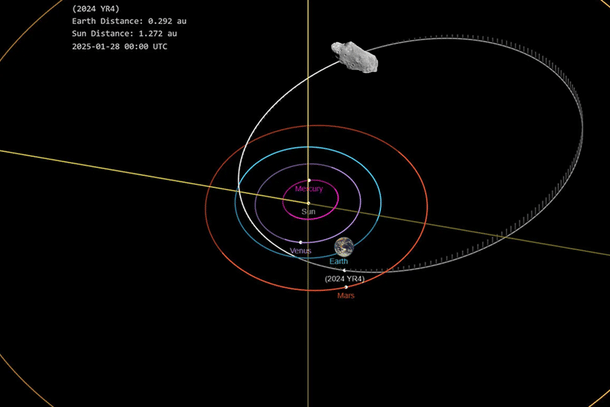
After this it will make its appearance only in 2028. That time, it will be moving towards our planet with a chance of impact in 2032.
With additional data removing the uncertainties in earlier observations, the orbit of YR4 is getting calculated even more accurately. Based on latest calculations, the collision probability of YR4 has risen to more than one per cent, which makes the asteroid an object of concern.
It was the JPL’s Centre for Near Earth Objects Studies (CNEOS) which announced the probability of impact being more than 1 per cent. This was followed by the official announcement of International Asteroid Warning Network (IAWN), which stated the following:
There is a 1.3% probability that near-Earth asteroid (NEA) 2024 YR4 could impact Earth on 22 December 2032. While there is large uncertainty in whether the asteroid will impact Earth, if an impact occurs it will be on this date. There is almost a 99% probability that 2024 YR4 will safely pass by Earth on this date.
Space agencies have assigned the value 3—from the famous Torino scale for potentially threatening near earth objects—to 2024 YR4.
On the Torino scale, a zero signifies a chance of no impact at all.
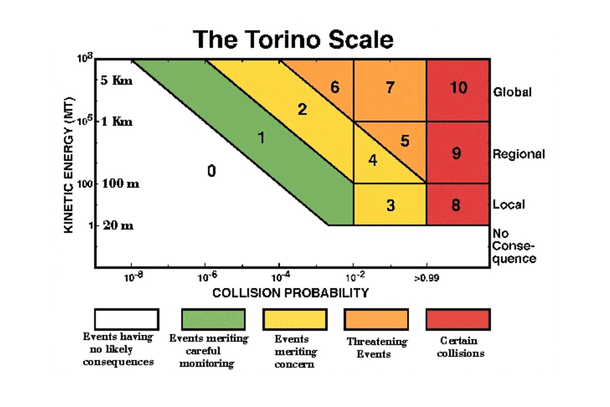
The values 8 to 10 mean definite impact, highly dangerous to our species. The value 3 is defined thus:
A close encounter, meriting attention by astronomers. Current calculations give a 1% or greater chance of collision capable of localized destruction. Most likely, new telescopic observations will lead to re-assignment to Level 0. Attention by public and by public officials is merited if the encounter is less than a decade away.
History of asteroid impacts
Throughout Earth's cosmic history, celestial impacts have been a recurring theme.
The most famous, of course, is the asteroid (or comet) that struck the Yucatan Peninsula 66 million years ago, a cataclysm that extinguished the dinosaurs and paved the way for the rise of mammals.
Down the deep geological time scale of our planet, roughly half a million years ago, a smaller impact carved out Lonar Lake in India, a localised disaster that nonetheless reshaped the landscape and local ecology.
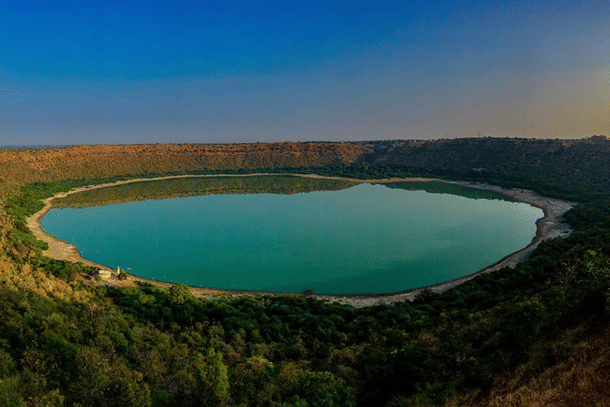
Then in 1908, the Tunguska event, caused by an exploding asteroid or comet fragment, flattened 80 million trees in Siberia—a stark reminder of the destructive power of even relatively small celestial bodies. That celestial object is calculated to have a diameter of 50-100 metres.

The recently discovered asteroid 2024 YR4, similar in size to the Tunguska impactor, presents a potential, albeit low-probability, threat. Its projected impact corridor stretches across a vast swathe of the globe. It starts from the eastern Pacific Ocean, goes on to northern South America, the Atlantic Ocean, Africa, the Arabian Sea and then India.
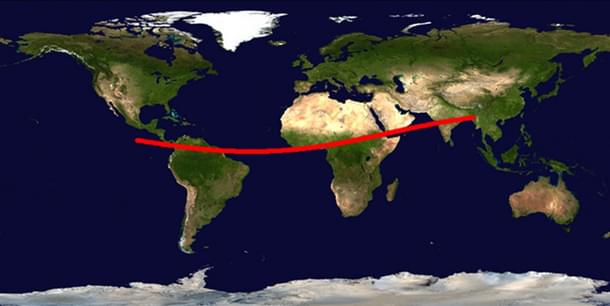
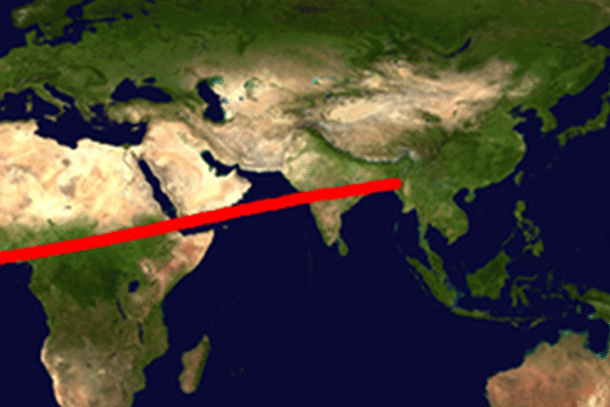
While the chances of impact remain low, the possibility warrants vigilance and preparedness. India, along with the international community, must strengthen collaboration, research, and planetary defence strategies. Perhaps India can lead the African and Asian nations into an ESA-like Global South Space Agency.
Earth has weathered countless asteroid impacts, but humanity has also experienced its share of celestial scares.
The 1982 prediction of Comet Swift-Tuttle's potential collision, an event that could have dwarfed the dinosaur-killing impact, serves as a chilling example. While that particular threat did not materialise, it highlights the constant need for vigilance.
How cultures perceive threats of celestial annihilation
The fear of cosmic annihilation is deeply ingrained in human consciousness, reflected in popular culture through films like Deep Impact and Armageddon. These narratives however often depict a distinctly American perspective, echoing biblical themes of apocalypse and saving of the selected few.
However, the reality of a celestial impact transcends national boundaries, racial identities, religious beliefs and political ideologies. Of course there is also technologically hyper realistic literary presentation of the threat by the one and only Arthur C Clarke in his The Hammer of God (1993), even though the killer asteroid was named 'Kali' - a lingering Western prejudice in that great story teller.
A global threat requires a global response. Space agencies, regardless of their national affiliations, must collaborate seamlessly, sharing data and resources to protect all of humanity.
In an era of rising nation-state tribalism, near-Earth asteroids serve as a stark reminder of our shared vulnerability and the imperative for international cooperation as one family - Vasudhaiva Kutumbakam.
When premier space agencies belonging to specific countries discover such threats to our planetary habitation, they suddenly acquire a character transcending the barriers of nation-states and become the watchful eyes of all humanity.
From a Hindu perspective, such an event, when unforeseen could be seen as an adidaivika and adibhautika suffering. However, when the same hazard shifts from being a threat to being a challenge, then we can say that it has become adhyatmika problem.
Just as we have channelled our ingenuity into developing weapons of destruction, we can redirect that same creativity and technological prowess toward planetary defence.
By pooling our resources and knowledge, we can transform a potentially devastating cosmic event into a problem we can solve through human intellect and collaboration.
This is precisely what space agencies are already doing. The growing awareness of these threats necessitates an inclusive international network, with organizations like ISRO playing a vital role alongside NASA and ESA.
With 2024 YR4's potential impact zone crossing India, this international collaboration becomes not just desirable, but essential.
Update: As of 29 January, 2025, European Space Agency (ESA) estimated that the probability of the asteroid impacting the earth on 22 December 2032 was 1.2 per cent. But on as of 7 February, 2025, ESA revised and raised the probability to 2.2 per cent.





